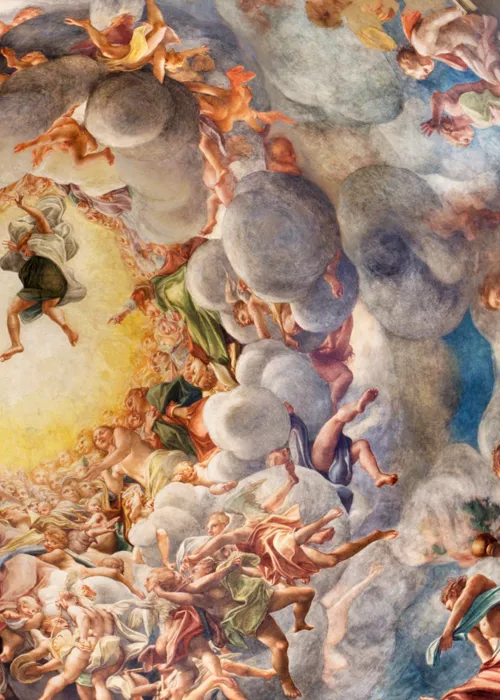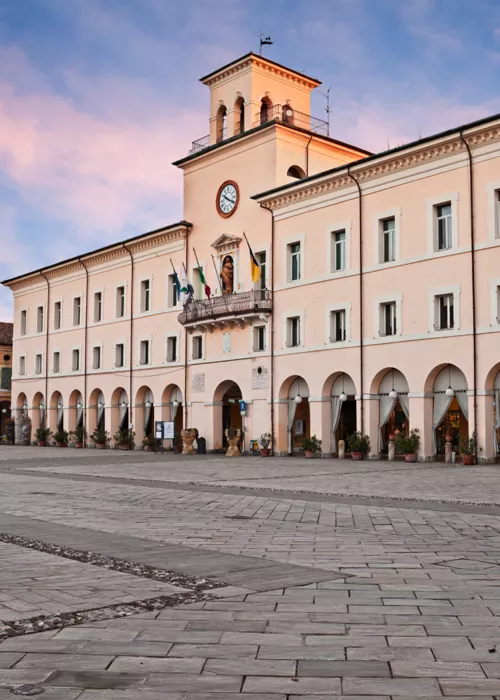Pieve di Cento

It is those two kilometres of porticoes that frame the historic centre that have given the Emilian town the nickname of little Bologna. At the bottom, Pieve di Cento, on the right bank of the Rhine, is about thirty kilometres north of the capital of Emilia. In the ancient town, the medieval layout is evident, to which Renaissance and Baroque buildings have been added over the centuries. The centrepiece of social life is, as usual in the villages, the main square and in this case, Piazza Andrea Costa, from which streets, alleys and squares open out, inviting you for long walks, whilst revealing places and sites of interest. Such as the collegiate church of Santa Maria Maggiore and the municipal palace, but also the Casa degli Anziani, the Rocca and"Le Scuole" library and art gallery. For a stop at the restaurant, there is no shortage of welcoming establishments offering typical delicacies like lasagne, tortellini or maccheroni al pettine, celebrated with a festival in June and July.
Alice Zeppilli Theatre and Museum of Music

The musical itinerary in the village starts from Piazza Andrea Costa. It is the municipal building that overlooks the Alice Zeppilli Theatre, soprano and wife of Giuseppe Alberghini, a cellist of Pievese origin. Its stage has seen alternating performances and shows since the late 1700s. Restored in the mid-1800s and again around the 1980s, it still hosts theatrical and musical activities, conferences, lectures and shows. The Museum of Music is also set up in the foyers of the theatre, with testimonies and instruments that tell the story of Pieve's musical life from ancient times to the present day.
Lutemaking School

Located near the 14th-century Porta Ferrara, one of the four medieval gateways leading to the ancient village, in the premises of the former slaughterhouse that flanks it, the Centopievese Lutemaking School. Testimony of the ancient musical and artisan tradition of Pieve di Cento, where there is news of luthier shops from the 1700s.
Luthiers such as Luigi Mozzani and Mario Maccaferri, two of the best known in the world, have come from this school. A school that today is attended by students from not only all over Italy but also from abroad.
La Casa della Musica

Just outside the historic centre, in via Mastellari heading south, you can admire the Casaa della Musica. Inaugurated in 2017 and designed by architect Mario Cucinella's studio, it is a deliberate homage to the local musical tradition, giving the building's architecture the original and bizarre shape of a soundbox typical of guitars. The building is used by the students of the schools in Pieve di Cento, as well as by the local music society, Circolo Pievese di Musica Moderna.




















